Dawn, dawn, abandonment, silence ;
Easy click, one moment and spinning arc;
To the side of the throw, another throw and in the heels of the shower ;
The screech of the friction clutch, the moment of truth – the resistance is broken, and again silence .
This impromptu hat about microjig is a universal method of spinning fishing that can give a trophy anywhere and anytime. And among the trophies is the entire list of freshwater fish.
It is microjig fishing that is the most effective in terms of the number of “tails” and allows even beginners to get away from zero .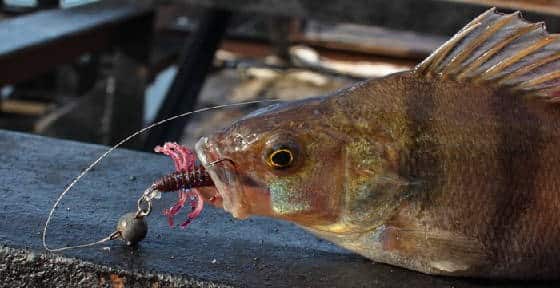
But, despite the fact that you can catch a lot of different fish with microjig bait, the main object of fishing in most cases is the striped robber perch. The ubiquitous herbalist can handle even the most novice anglers, who can successfully catch it already on the first fishing trip.
But, in order to catch minke whales with understanding, purposefully and successfully, you need to study the habits of the perch, know what tackle and bait to use in certain conditions, understand how to find a predator and properly give him a microjig.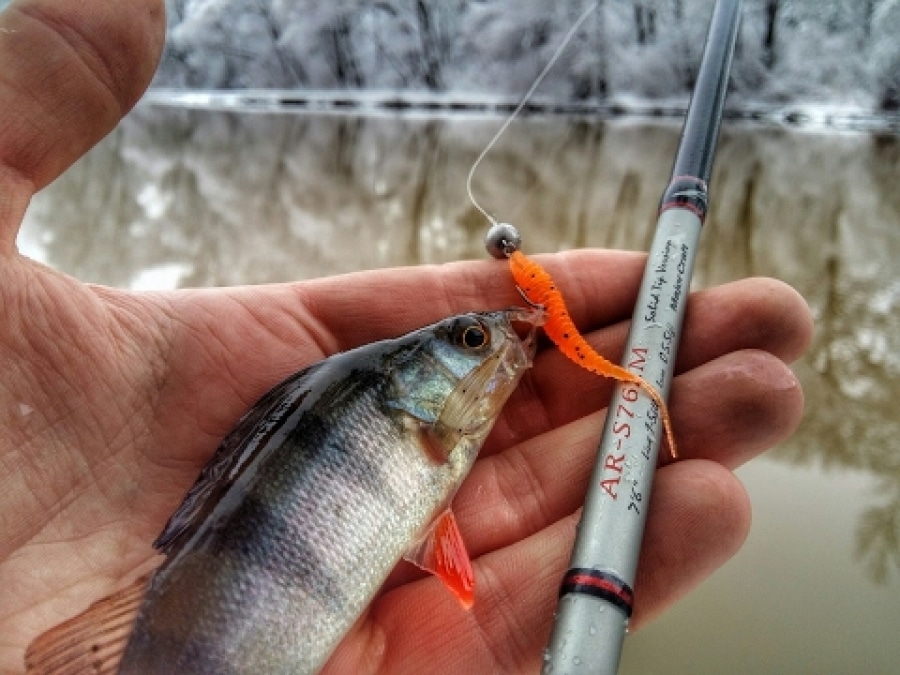
Microjig fishing for perch is the topic of today’s review.
- What is microjig?
- Why microjig?
- “Microjig” perch, its habits and habitats
- Collection of microjig tackle for perch fishing
- Form
- Coil
- Cord / mono
- The best microjig baits for perch and installation
- Installation of silicone microjig lures
- How to catch a perch with a microjig: find and persuade them to bite
- Where to find it
- Postings
- Tactics and strategy
- Поделиться ссылкой:
What is microjig?
One of the types of ultralight spinning fishing, in which the smallest silicone and foam jig lures are used. The main size used is 0.5-2, 2.5 inches maximum. Weight 0.5-7 grams.
The appropriate tackle is selected, as delicate and gentle as possible, but powerful enough to cast the bait with a margin and bring the unexpectedly flown pike per kilogram.
Read more in our beginner ‘s guide to microjig and watch an expert video:
Why microjig?
It should be noted right away that microjig is its own system of values and an approach to fishing and life in general. This fishing method should go like a gambling run through a pond with many casts, caught different, but often SMALL fish. You need to be able to enjoy spinning on a pond, which is located within the city, where bathers rest a dozen meters away from you …
That is, for an angler who tune in for fishing for days and weeks and go fishing a hundred kilometers away, microjig can serve as an addition to the main medium-heavy spinning rod, but it is unlikely to become the main hobby for life. So, an addition that is, but no matter how much needed. And this is good and bad, it’s just another facet of spinning, which can be perceived in different ways.
For the rest, microjig fishing will give a wider range of sensations than conventional spinning or other fishing methods. Getting pleasure from what you do is the foundation of any business.
In addition, it is worth noting the following advantages:
- A large assortment of hypothetically possible loot.
- The ability to catch at least something even in a small “puddle”.
- Minimalism in gear and equipment.
- The activity of such fishing.
- Due to the minimum size of the lures, the most passive fish can be caught.
It will be fair to go over the disadvantages:
- The size of the fish, whatever one may say, is rarely more than 200-300 grams, but not without exceptions.
- Microjig fishing in deep places is pointless.
- You need a little tackle, but they are quite expensive, especially if you want to fish for your own pleasure, and not through force.

“Microjig” perch, its habits and habitats
The first thing to understand is that in the overwhelming majority of cases, a herbal, so-called trash perch, is caught on a microjig. An average sized perch and even more so a humpback stays in other places and rarely gets micro-jigged.
This is due to the fact that large perch sticks to deeper places, and it is very difficult to work on them with ultra-small weights. Only in some cases, when the striped one goes to smaller places – pits, shallow edges, into thickets of reeds for a spawning grater, can it also be quite successfully caught with microjig baits. We will touch on this topic further in the text.
Based on this statement, it follows that the main hunting object of the microjigit is herbal, often schooling, perch.
Small and medium-sized perch often keep in flocks, hunt in shallow water and half-water at depths of 1-3 meters. Frequently moves and searches for food. It adheres to various underwater obstacles, often raging among water lilies and grass.
Collection of microjig tackle for perch fishing
All micro-jig gear is refinement, perfect fit in all details and delicacy in all elements. Each element must be consistent with each other and not get out of the general canvas.
Form
For perch, it makes sense to use rather “snotty” sticks of a semi-parabolic and parabolic system. Such blanks are catchy, allow you to make an accented animation, but at the same time they do not break through the delicate lips of small sailors when sweeping.
For beginners, at first, we still recommend taking semi-parabolic sticks or fast action – they are more understandable, although less functional when casting and during the posting process. But fast sticks do not fall at the limit of the top of the dough, unlike parabolic sticks.
At the same time, if you plan to fish with more or less large weights (within the framework of microjig, of course), then we recommend taking a blank with a classic tabular top (tubular), since sticks with an insert (solid) have a narrow application profile (mormishing , nanojig) and fall through the top of the dough. It is not a beginner, and the profile is really narrow. It does not allow the use of aggressive wiring, even a classic step cannot be “painted”.
The optimal test for a beginner is microjigita perch in the region of 1-5, 2-7 grams.
In most cases, a long stick is not needed for microjigging. The optimal length will be around 1.9-2.2 meters.
Well, weight is the most important factor in ultralight in general and in microjig in particular. The weight of the flagship rods is 70-100 grams, no more.
The choice of quality rods is huge. A detailed review will be on the link. Now we note that it is not necessary to immediately burn the budget for well-known flagships from Major Craft, Graphiteleader, Evergreen, St. Croix, but you should not go into frank China either. Favorite, Crazy Fish, Salmo, Berkley have a series of good decent ul-blanks geared towards perch fishing.
Choosing a classic!
Coil
The basic rule is always a perfect balance with the letterhead. The assembled blank should keep perfect balance with your finger under the front of the coil mount.
The microjig coil is a 800-1500 Shimano grinder. It is also possible to use the size 2000 – 2500S. The reels themselves are of regular size, but with a shallow spool (as indicated by the S symbol in the name). That is, it allows you to wind the thinnest fishing line or braid under the side on a regular reel. This option is suitable for those who already have a quality coil, but do not want to spend a budget on a new one. It is worth buying an additional spool for your model and let’s go to the battle for the sailors!
We need reels with high-quality laying of the fishing line under the side – without drops and waves. This will avoid dropping loops and will increase the casting distance. Also important is the most soft and smooth running, which is present only in spinning reels of the middle and expensive class.
Light weight and build quality are also important in everything from the line guide and roller to every bearing in everything.
We do not recommend saving on the coil. If you fall into the wrong suit in this case, then the whole hunt from UL fishing will disappear by itself. Shimano, Daiwa, Spro, Ryobi are good reels at a reasonable price, if you do not climb into the elite.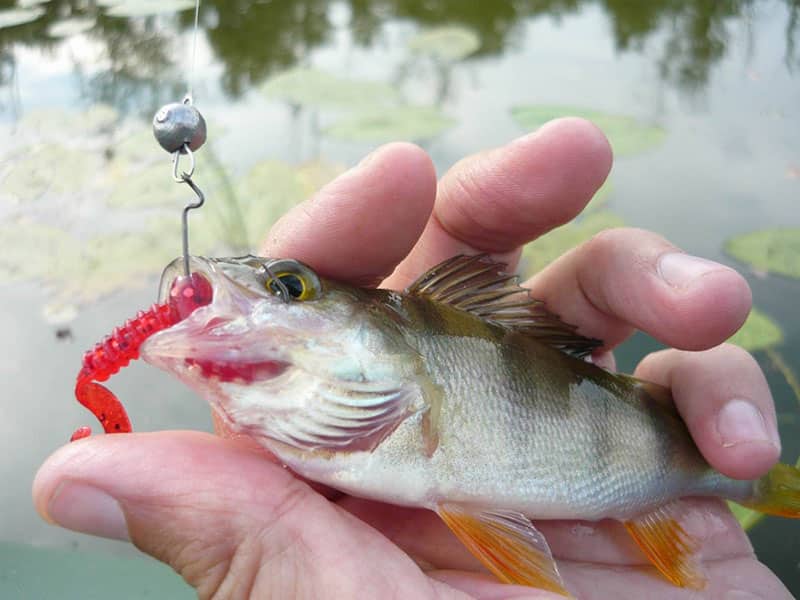
Cord / mono
Monofilament line and braid can be used in microjig. Each method has its pros and cons. In more detail about the conditions of use and the advantages of monofilament and braids in our article .
A good ultralight and microjig cord should be catchy, slippery and quiet in the rings. This will cost the corresponding money. But if you are already collecting decent tackle for microjig, then saving is not the best option (remember the disadvantages?) – you should pay attention to the following manufacturers: YGK, Varivas, Sunline, Climax.
A good thread costs money, but it will last longer than a cheap or even mid-range thread. Since UL uses the thinnest cords with a diameter of # 0.2- # 0.6, they wear out quickly. Here everyone chooses for himself – to buy more expensive, but for a long time, or cheaper and change every three fishing trips.
The specific choice is very difficult, even experienced athletes often change their minds from season to season and from fishing to fishing. It is worth studying forums, reviews, videos on the Internet and gaining experience.
The best microjig baits for perch and installation
For perch fishing, a large arsenal of lures is used – vibro-hooks, twisters, worms and slugs, foam rubber, silicone caterpillars, creatures, crustaceans and other krakozyabry.
We would advise you to purchase a set of baits for the beginning of your journey in microjig, which would contain all the main options, and not buy up the floor of the store, especially since this is impossible and impractical.
In a microjigit wallet, there should be different colors, passivity / activity parameters, shape and size of the bait.
In most cases, perch prefers dark colors – motor oil, sucker, dark brown tones with sparkles. In muddy waters, acidic evocative colors. Sometimes you need to experiment and look for your color.
If we talk about specific models, then the basic set of baits that we would recommend to purchase for microjigits who open the hunt for perch are as follows:
- Passive foam is a carrot . Good for the most passive perch in active play, created with a rod at minimum reel speed. The animation is active and varied.
- Reins Aji Ringer 1.5 inches . Ribbed worm bait is very popular among micrunners. Good for a sports sailor.
- Reins Aji Meat . 1.8 inches . Nice and working worm from Raines.
- Bait Breath – Needle RelFry 2 inches . Good in Loch and Chartreuse colors. Perch is simply thrilled by her game. Very suitable for beginners, as it accepts any of the most chaotic games.
- Lucky John – King Leech 2 inches . A very working and, at the same time, a budget worm from Lucky John. The most approximate behavior with a real worm. Of the minuses – short-lived, but this is the flip side of the coin of realistic play. Can be used in mormishing on the lightest weight 1-2 grams.
- Bait Breath Fishtail 2 inches . The game simulates the game of a wounded fish, behaves most realistically on the lightest scales.
- Fanatik Dagger 2.5 . The budget employee from Fanatic, but from that he did not become less catching. It has a jumper in the middle of the body, which gives an intricate play on active animation. Loves pauses, unhurried movements and light stretches.
- Tsunekichi Worm 2 “ (copies of Select Tsunik and Kosadaka SLY Worm) is a well-known worm in microjigit circles. Working color goof. Often it helps to get away from zero on the most inhibited and passive perch.
- Imakatsu Javastick 1.2 inches (as well as cheaper copies with a similar shape from Kosadaka, Select, Crazy Fish and others). Something in between fry, caterpillar and leech. Consistently one of the best in shallow water perch along and above overgrown vegetation. A very mobile tail is a thunderstorm for a perch. Dark violet is a very working color for perch in the spring. Animation – movements at the bottom in almost the same place, double-triple tosses, classic and American steps.
- All kinds of active baits from Mans, Relax, Pantun 21, Lucky John, Keyitch, Kasadaka, Fanatic and others. It is good to use active baits to explore a new reservoir at the time of the presence of active fish. It is faster and more effective than passive baits.
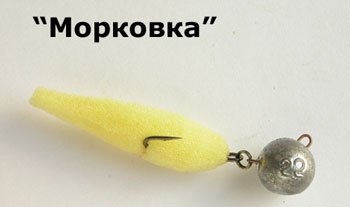
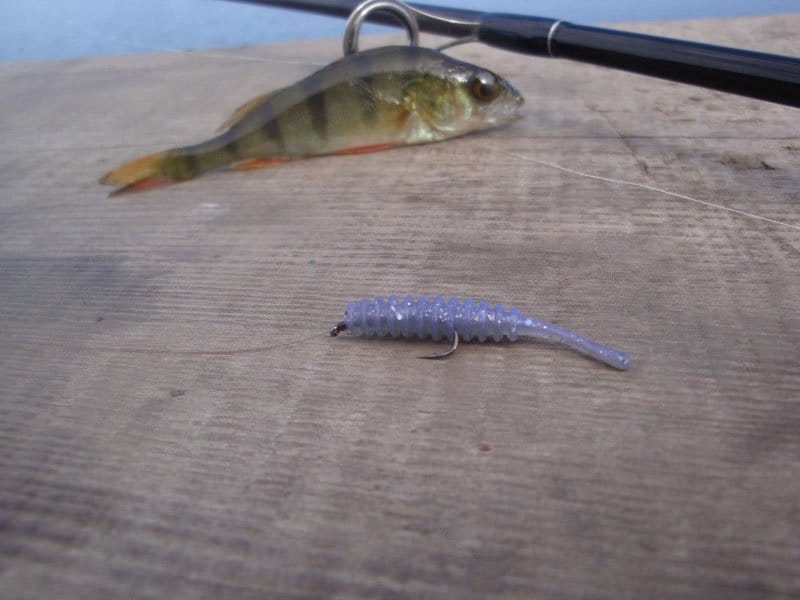
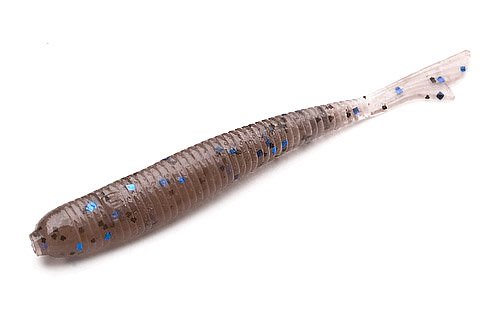
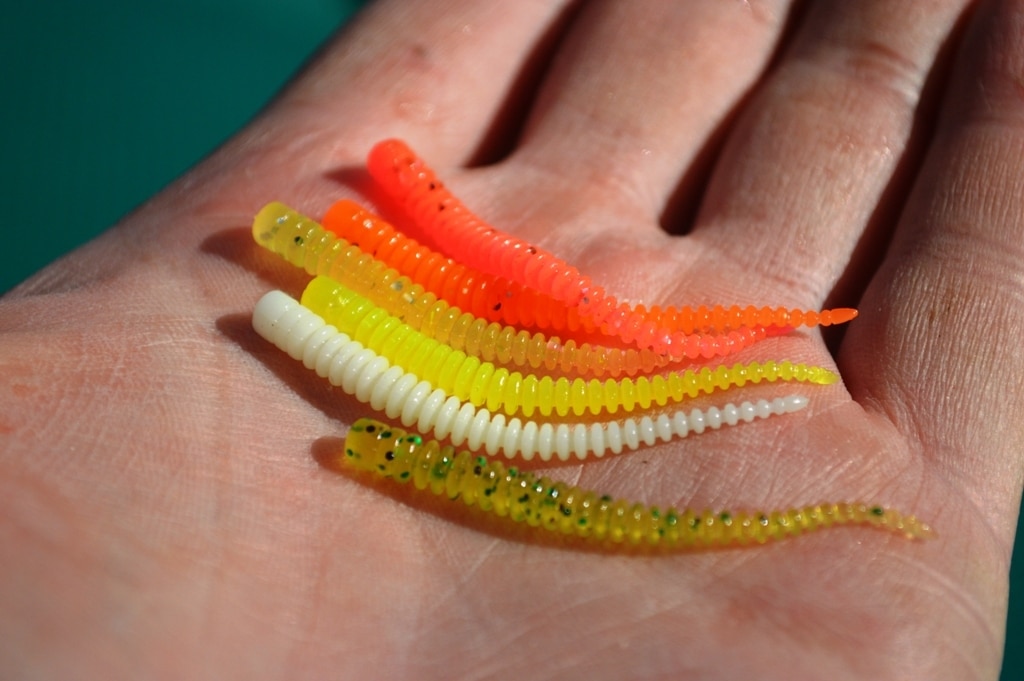
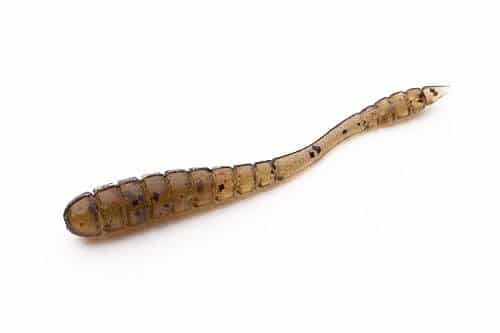
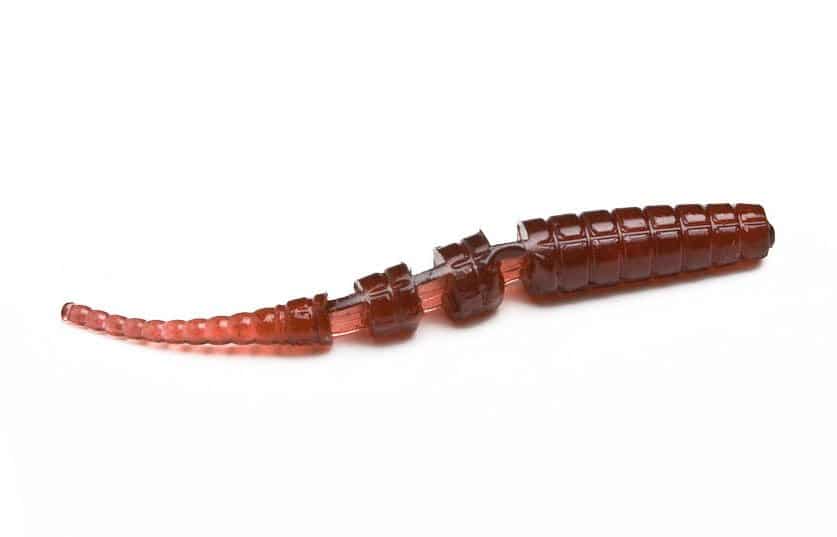
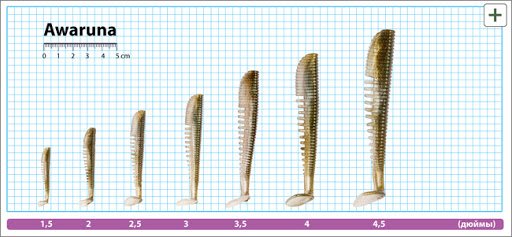
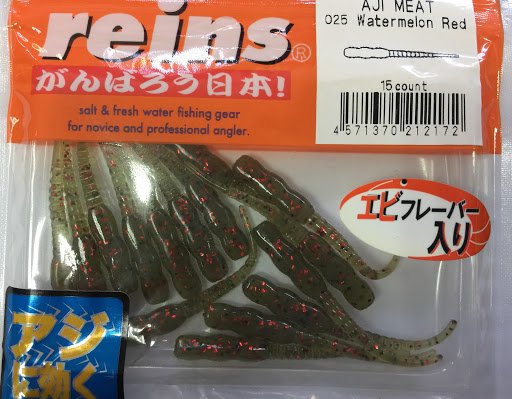
Don’t get hung up on one type of bait and manufacturer. It is worth trying different things, but not all at once, but gradually mastering new types and types of rippers, worms, slugs, twisters and other rubber “animals”. This will give not only the variability of your actions on the water, but also an incomparable invaluable experience.
Installation of silicone microjig lures
Several options are used to equip microjig baits for perch:
- Standard jig heads in various sizes and shapes.
- Equipment for articulated mounting on a regular single ear with a large ear, offset hooks of various shapes and twins.
It is worth choosing the right size of the hook and its shape so that the installation looks organic and does not interfere with the game of the bait during the wiring.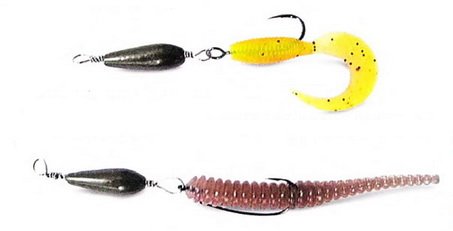

For microjig, it is extremely important to use hooks of suitable series of proven manufacturers – Dekoy, Ovner, Jamakatsu and others.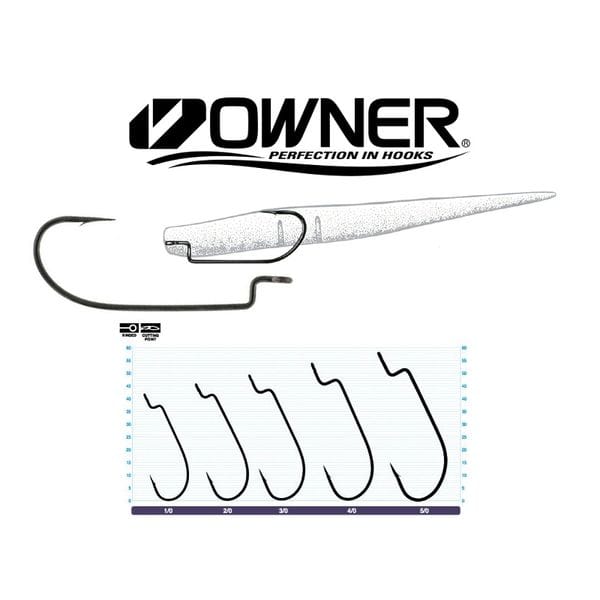
For hinged mounting, nickel, tungsten, lead Cheburashka weights are used. The most common weight is 1-4 grams. For rigging, you need to use offsetters with a larger ear than usual, so that the bait has the proper freedom of action.
How to choose the right offset hook for your silicone bait:
Also, a jig can be used as a jig head.
Which is better – hinged mounting, or blind on a jig head? The question has no clear answer. Some say that the use of a hinge is inappropriate in microjig, as this gives a large number of overlaps when casting. The latter contradict and complement them – jigging will not give the necessary freedom of play. Both are right in their own right, and the choice is determined by the fishing conditions, the baits used and the temperament of the angler.
Details about the installation methods:
How to catch a perch with a microjig: find and persuade them to bite
Where to find it
You can fish perch for microjig throughout the open water season until freezing.
In spring and mild summer, microjigits should look for perch at depths of 1-3 meters. This is the main working horizon. Parking places – curbs, places among the grass, any irregularities on the bottom (spots, vegetation, snags).
Only the fattening one in flocks can be caught almost on top, but this is not necessary to look for – it can be seen by the seagulls and the characteristic chomping.
In the July and often August heat, when even people move from air conditioner to air conditioner, the perch is also not sweet and he looks for places where it is cooler along with the decreased activity. These are pits, places under grass and water lilies, underwater streams and at the edge of a stream and slow water. At this time, it is worth catching perch on a microjig at dawn, on rare rainy days and in constant search for its camps.
Well, do not forget – where the food supply is (for the herbal perch it is a fry), there is also a striped robber.
Closer to late autumn, even small and medium-sized perch looks for deeper places. If there are humpbacks in the pits, then at the entrance to them, as well as in the adjacent pits, it is worth looking for smaller sailors.
Postings
For vibrotails, twisters and crustaceans with their own play, a standard step along the bottom or above it, if the bottom is muddy or overgrown, is good. Even with pauses and tremors is also possible.
Various kinds of animation, applicable to passive rubber, also take place.
What is good or acceptable for active baits does not work with passives.
For slugs, worms and other passive microjig lures for perch, standard smooth pulls with pauses are good. The more passive the minke, the longer we pause. It is good to combine this kind of animation with a high-frequency jerk set by a rod.
In practice, a good wiring called – “twist-twist-pause”. Everything in the title, it seems like there is nothing to explain.
It should be borne in mind that the play of lures, especially passive ones, strongly depends not only on the actions of the angler and the tackle, but also on the weight of the load. Moreover, if some lures behave better on the lightest weights, then others need bigger heads or cheburashka. Here only experiment helps and experience. The main thing is to remember this fact.
In general, the disposition is as follows – the more active the perch, the more active the posting and the baits used, and vice versa. For a passive perch, only passive baits and play on the verge of falling asleep – wiggling and dragging along the bottom, slight trembling – itching, small lazy pulls with practically no movement of the bait.
Tactics and strategy
The search strategy is simple – a promising place is selected based on the season, reservoir, fish behavior and data received from locals for a bottle of candy.
Then it is fished with three to five casts along the fan. Changing the bait to a different type, a different color. Two or three more casts and move along the reservoir. We don’t get stuck in one place. Microjig bass almost never stands still. And often, if the reservoir is relatively small, you have to go around it in a circle more than once or twice.
In promising local places, we use the laziest animations in order to delay the bait as much as possible at the desired point.
It is good if there is a wading suit that will allow you to get closer to the fishing spot, overcoming the grass, which often overgrows the banks, especially in summer. Microjig does not involve pushing bait through the grass using delicate, delicate gear, so you need to look for a different approach. Or a boat, or waders where possible.
The bite is tracked by the sag of the line, and often completely invisible, but this is not required when fishing for perch, and even often to the detriment. This is especially true when fishing with edible rubber, when the perch sits down on its own, and a sharp hooking can only ruin everything – either tear a delicate lip, or pull out a tidbit from the mouth of a juvenile predator …
You should forget about the bites in your hand! For microjig, this is not a rule, but an opportunity. This is especially true of small sailors and peaceful whites. This is a common mistake of a micro-jig beginner, expecting that everything will also knock on the hand – the behavior of the bait, hitting the bottom and biting the fish. There will be sensation at the level of the nerves, but not as obvious as on light and medium spinning. This is especially true of the flow – where it is difficult to understand something at all and happens unexpectedly.
Microjig fishing for perch in spring, summer and autumn in three videos from experts with nuances and secrets:
Spring perch on microjig rubber:
Microjig for perch in summer:
Perch for microjig in winter and late autumn:
It is microjig fishing that allows you to fill the painful gaps for every avid spinner between the main serious fishing and out of town. You can fish for microjig all year round almost until the very freeze-up, catch where there is nothing of the largest pike-pencil, and catch in cases when there is only a few hours of free time.
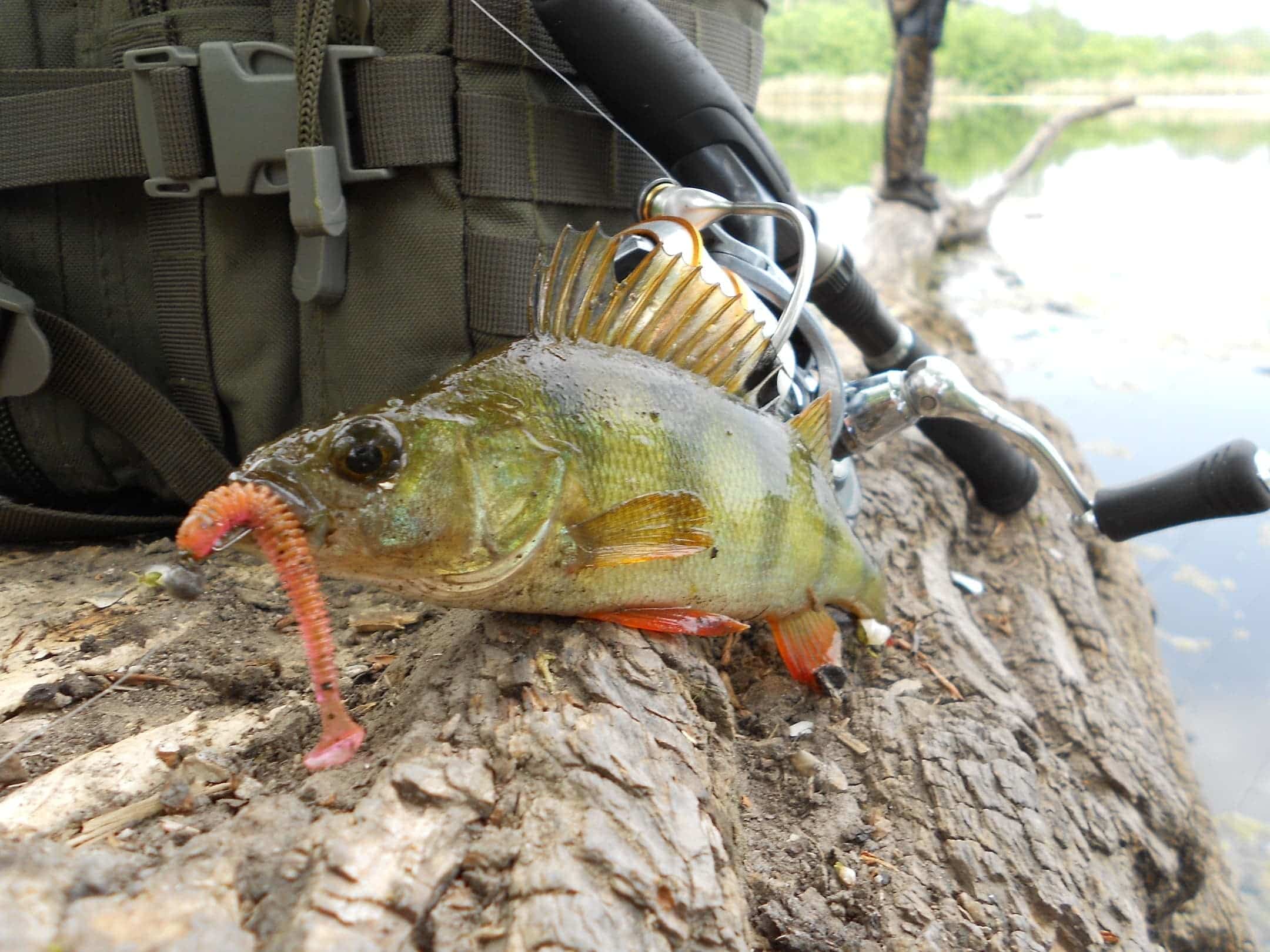

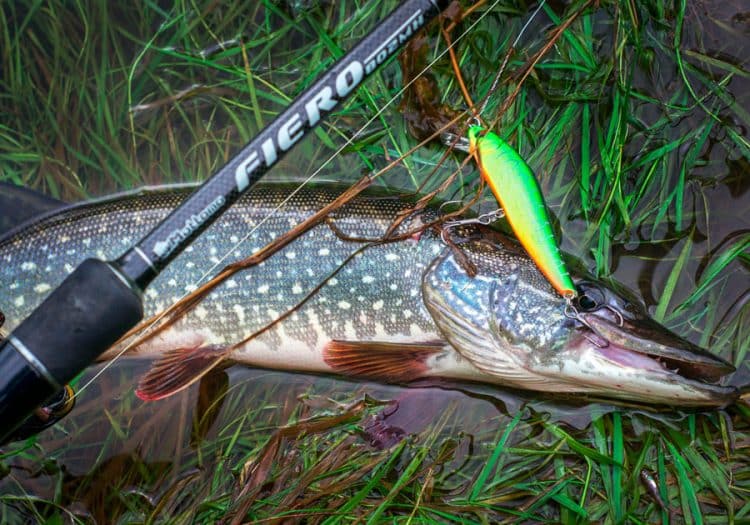

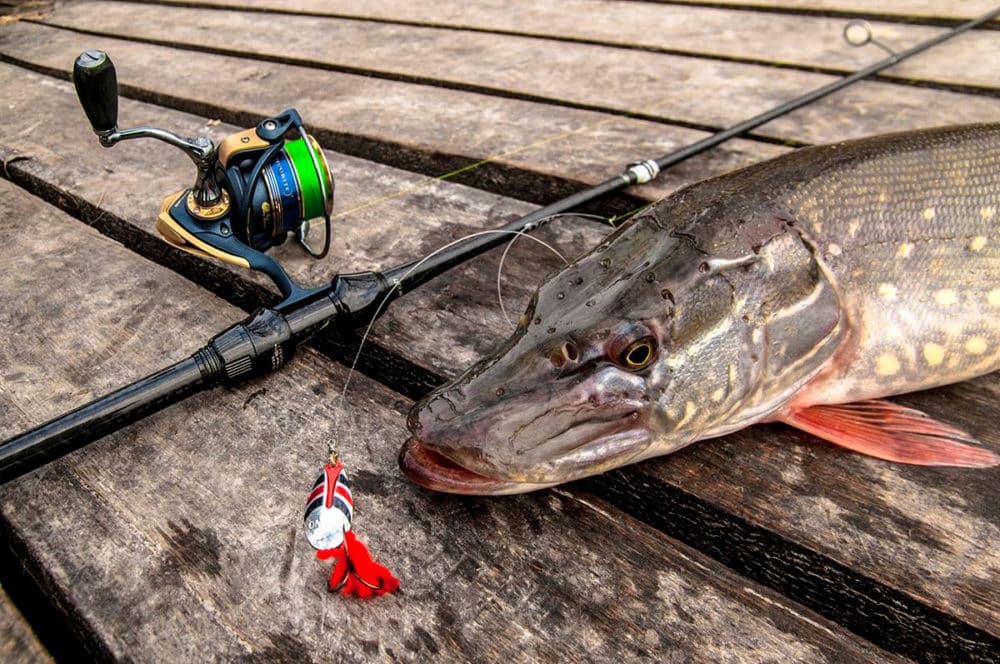
Очень хорошие советы спасибо что помогли, узнал много например: Тактика и стратегия, выбирается перспективное место, исходя из сезона, водоема, поведения рыбы и данных. Дальше оно облавливается тремя-пятью забросам по вееру. Смена приманки на другой вид, другую расцветку. И самое главное Как поймать окуня на микроджиг: найти и уговорить на поклевку. Проводки, Для виброхвостиков, твистерков и рачков с собственной игрой хороша стандартная ступенька по дну или над ним, если дно илистое, или заросшее. Также возможна равномерка с паузами и подрагиваниями.